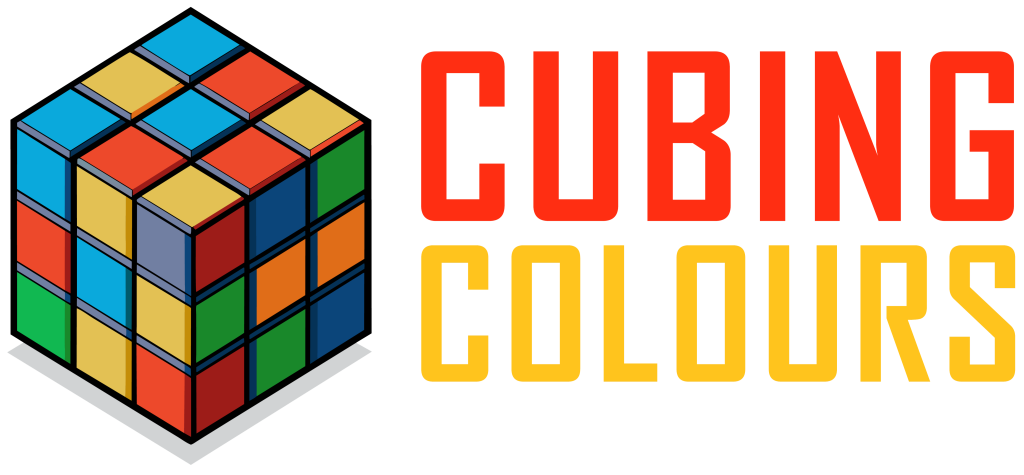My Rubik’s Cube journey

August 20, 2018
The Rubik’s Cube journey began with me in the early 1980s, at the peak of the initial worldwide Cube frenzy. At that time, the Cube was referred to as The Ideal Cube, and I was immediately captivated by it. The excitement followed me everywhere—classrooms, toy shops, and television programs. I coveted one extremely, and once I finally managed to get my hands on it, I was addicted.
How I Learned Rubik’s Cube
Through a friend, I started learning to solve the Rubik’s Cube. With practice, I was not only able to solve it regularly—I got pretty quick at it. I went on to become a speed cuber, with a personal best time of 27 seconds. In retrospect, it’s too bad I didn’t hear about the 1982 Rubik’s Cube World Championships, because I could have made it onto the team.
Raised In a children’s home, my ability was not fostered. Had I been brought up by my parents, perhaps my abilities would have been observed and encouraged. In spite of this, I impressed many with my speed of solution and even instructed a few people to solve the Cube in the 1980s.
My Rubik’s Cube Story in the Cube Craze Era
In the 1980s, Rubik’s Cube solving was not just a hobby—it was popular culture. I tried every new variation on the Cube that I could get my hands on. I particularly liked the Rubik’s Cube ball and was curious about the Rubik’s snake. These puzzles, obviously variations on the first Cube, held my interest for years.
Unluckily, by about 1983, the craze stopped, and the world appeared to go on. But the enchantment of the Cube never actually abandoned me.
Back to the Cube: A New Era
I returned to the Cube world in 2008, unaware that the Rubik’s Cube World Championship had made a comeback in 2003. Once I picked it up again, muscle memory kicked in, and I quickly relearned my old skills. But this time, I had something more powerful—the internet.
I continued to enhance my solving speed through online resources and started creating Rubik’s Cube tutorial videos on YouTube. My channel had more than 100 speedcubing videos by 2013, and most of them assisted others in learning how to solve a Rubik’s Cube from scratch.
That year, I produced what I believe to be my best tutorial video. I had also begun to experiment with faster methods, including the Fridrich Method and the Lars Petrus Method.
Building a Rubik’s Cube Community
In 2014, I created my own Rubik’s Cube website, and within July, I had written and released a Rubik’s Cube tutorial book, encompassing other entertaining puzzle exercises. In November, both Kindle and paperback editions were on Amazon. To take it one step further, I created a DVD version of my tutorial, which also became available on Amazon by early 2015.
Website Growth and SEO Success
I’ve been working hard since then to build and expand my site. I learned SEO, spent money on professional services, and started monitoring my results using Google Analytics. According to the statistics, I optimised several pages and kept expanding content.
Currently, my website has more than 33,000 words of good content, including guides, tips, and tutorials that help others in their own Rubik’s Cube journey. With good SEO efforts, quality backlinks, and engaging materials, the site experiences good user engagement.
A Lifetime with the Cube
My Rubik’s Cube story is one of passion, perseverance, and creativity. From discovering the Cube in the 1980s to building an online presence decades later, it’s been a remarkable ride. Learning to solve a Rubik’s Cube isn’t just about memorising moves—it’s about dedication, curiosity, and the joy of unlocking possibilities.
And I’m proud to keep turning, twisting, and teaching as part of this timeless puzzle’s global community.

